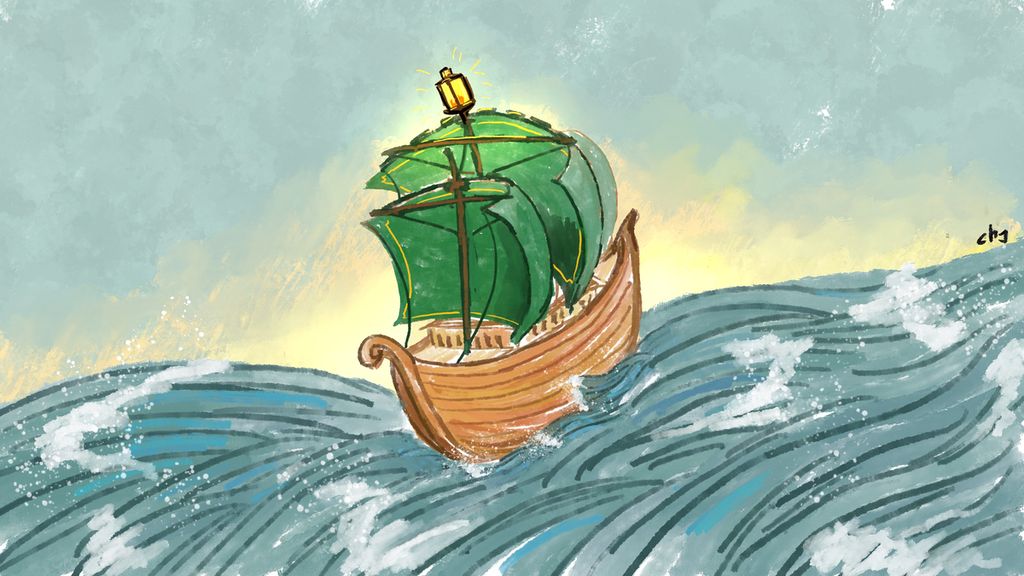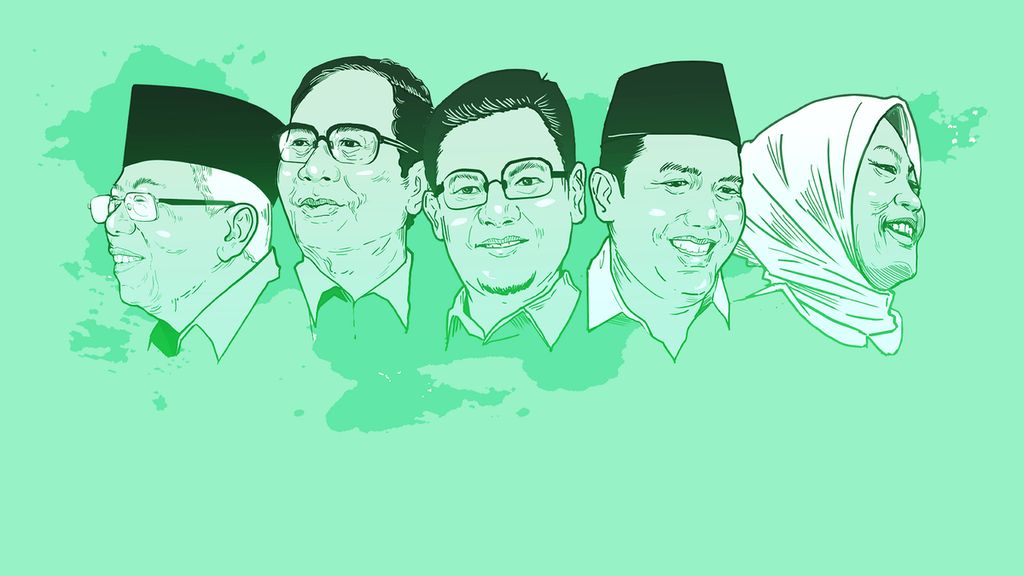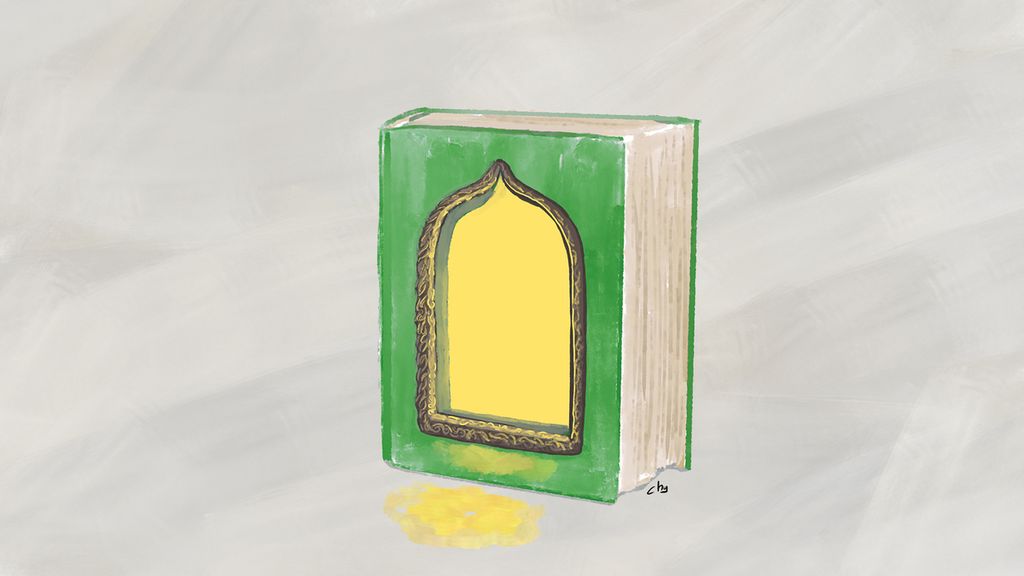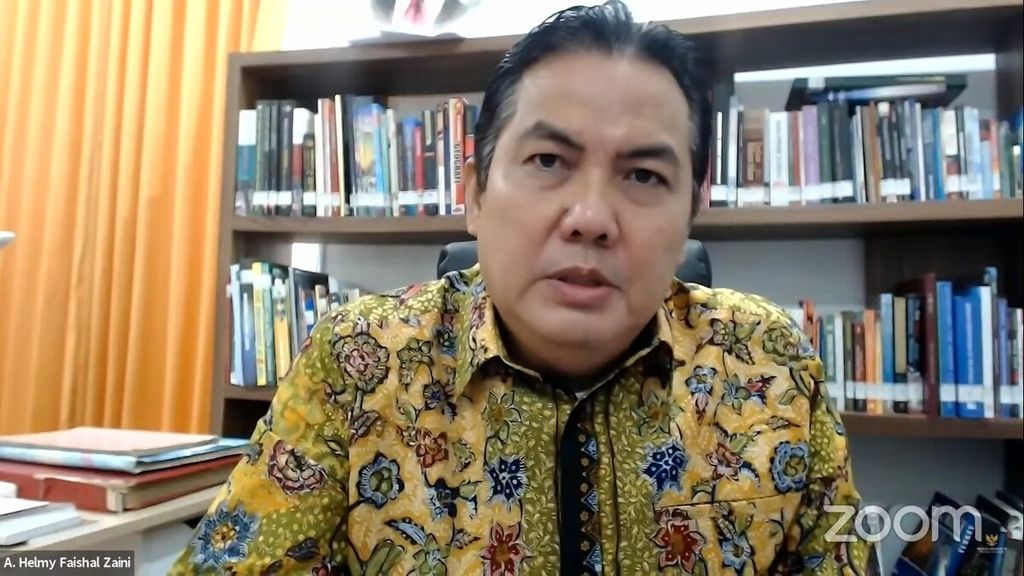The Second Century of Nahdlatul Ulama
NU can be transformed into a cool element and give a beautiful color to the politics of the nation and state. Especially in the context of approaching the political years that are already in sight as they are today.

Nahdlatul Ulama in this Hijri year (1444 H or coinciding with 7 February 2023) will be one century old. Truly, it’s a ripe age for an organization.
Gratitude is an inevitability for this special gift.
At a fairly mature age, Nahdlatul Ulama (NU) has inscribed a lot of gold ink in the social framework of religion, nation, state lives and global interaction. NU has always been an avant garde not only in the efforts to counter threats to the unity and integrity of the Unitary Republic of Indonesia, but more than that, the most important thing is to build patterns of religion, civility, as well as participation and educating the life of the nation and state.
Looking at NU's progress and role over the past hundred years, the opportunity of NU's century-old age is the right time to carry out a kind of internal reflection, as well as to schedule measurable steps that can be taken for better progress in the future. This is important to do as part of looking into moving more dynamically and strategically in the future.
Four factors
In my opinion, referring to the results of various analyses conducted by a number of observers, there are at least four main factors that have influenced the existence of NU to date.
First, the gigantic amount of the masses. Indeed, until now there is no official data available that states the exact number of nahdliyin (NU members), but based on a survey conducted by the Indonesian Survey Circle (LSI) in 2019, the number of NU members is around 108 million people. The numbers are very large and ordain NU not only as the largest organization on a national scale, but also globally.
Also read:
> The Trajectory of Nahdlatul Ulama Awakening
Second, there are cultural similarities. Cultural similarities are keywords that become passwords that, borrowing from IK Khan in Islam in Modern Asia (2006), can bring NU members together so their existence is undeniable to this day. This cultural similarity is often positioned as a marker, identifier and at the same time the most visible measurement tool for determining “NU-ness.” Often we find the sentence, "If the family dies, then those who are left behind carry out tahlilan [prayer for the dead], it means that the family is NU. If you are mauludan, if you are still visiting graves, or if you are praying at dawn using qunut, then NU is involved."
Third, the character of the independence of the scholars. Whether it is acknowledged or not, NU clerics are very independent clerics. Ulemas, who on average choose to remain silent in their pesantren (Islamic boarding school) in almost all parts of Indonesia, are scholars who are very independent; they do not depend on anything or anyone for the life and continuity of their pesantren.

They use the adage urip mung sak dermo anglakoni (life is just doing what God has decided). The independent character of NU clerics has indirectly impacted the preservation of NU members (nahdliyin), because the average nahdliyin are santri (pious), although not all of them have ever studied at a pesantren.
This is not an exaggeration, because the power of the ulama and kiai in NU is not insulated by the thick walls of the pesantren. The kiai's voice can penetrate and jump over the walls of the pesantren and travel deep into the hearts of “students” outside the pesantren.
Fourth, militancy and citizen loyalty. This is also the strength of nahdliyin. The attitude of militancy based on volunteerism (tathowwuiyyah) is the lifeblood of this organization that was born in Surabaya. Moreover, the blessing factor seems to be one of the main factors why the phenomenon of loyalty and militancy is so strong in NU.
Stepping into the second century
Then, given the conditions and achievements of the first century, what could be done in the second century of NU?
At least there are some things that can be done. First, KH Muchit Muzadi's (2003) reflection concerning the subconscious of most nahdliyin regarding "the dualism of the face of NU" is still a problem that must be immediately resolved. The dualism referred to by Kiai Muchit is the face of jamiyyah and the face of jamaah (congregation) belonging to NU.
Then, given the conditions and achievements of the first century, what could be done in the second century of NU?
The two terminologies have very different meanings from each other. If the first refers to organizational mechanisms, the second is more colossal. If one is armed with discipline, the other is only armed with the same identity, rites and ideology. In summary, jamiyyah is an organization, while jamaah is an association.
This condition means that NU does not necessarily have a definite answer about the number of its members, what the level of education is, what the exact condition of the economy is and so on. Existing data often rely on estimates.

Where did that estimate come from? Of course, it is from the militancy of the NU congregation who "feel" that they are NU. A phenomena like this in a more modern language will bring up the terms cultural NU and structural NU. Cultural NU are those whose ideologies, rituals of worship and religious characteristics are in line with the Islamic teachings of ahlussunnah wal jamaah that are promoted by NU. Structural NU is usually interpreted simply as NU executive members, from the central level to the sub-branch level.
This problem is indeed very basic. Even so, there is no reason not to change and improve for the better. Change is absolutely necessary in order to lead to a better NU. The face of the NU jamaah is still the dominant face.
Second, as part of efforts to respond to the challenges of an increasingly complex era, it is important to work on modern NU human resources more seriously in the second century of NU. Efforts to empower Islamic boarding schools, madrasas and also tertiary institutions are non-negotiable. The focus on education in all lines of institutions owned by NU, which so far has been considered to be less relevant to the challenges of the times, must be adjusted to the bills and also the demands of the times.
Also read:
> Freedom and Religious Maturity
> NU, Santri and People-Oriented Economy
Third, NU has a very big opportunity to take a role in the context of world peace and climate change. If so far NU's work as an initiator of world peace has been proven, then what needs to be intensified are roles in climate change issues at the local, national and global levels. This is important to do as part of NU's contribution to the global population.
Fourth, in the context of national politics, NU has a very important role. NU's role is not merely interpreted, as so far has happened, as a “firefighter” or mechanic to fix a broken car. This kind of role is certainly not a bad role, but it cannot be said that it is good. This is because the challenges to national politics are very modern in its form, so the strategies and steps taken must also be more modern.
NU can be transformed into a cool element and give a beautiful color to the politics of the nation and state. Especially in the context of approaching the political years that are already in sight as they are today. NU has a very big opportunity to take part in efforts to ensure that the process of democratization in Indonesia goes well.
Congratulations on achieving a century of age, Nahdlatul Ulama. Please, continue to spread benefits to the entire universe.

A Helmy Faishal Zaini
A Helmy Faishal Zaini, Chairman of the Islam Nusantara Foundation (INF) and former secretary-general of the PBNU
This article was translated by Kurniawan Siswo.